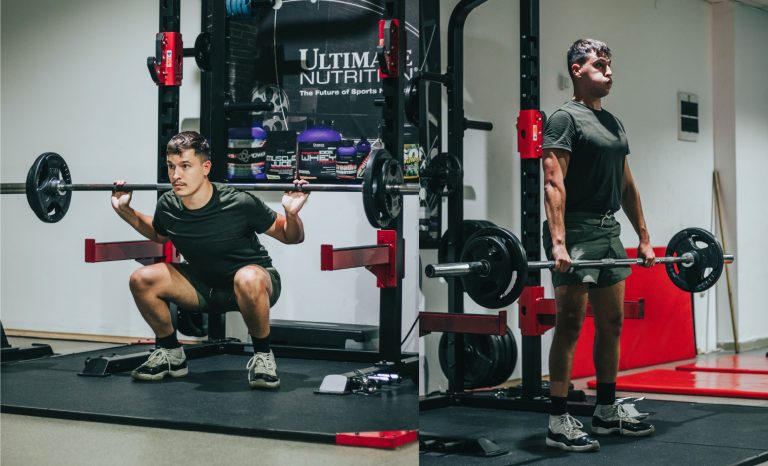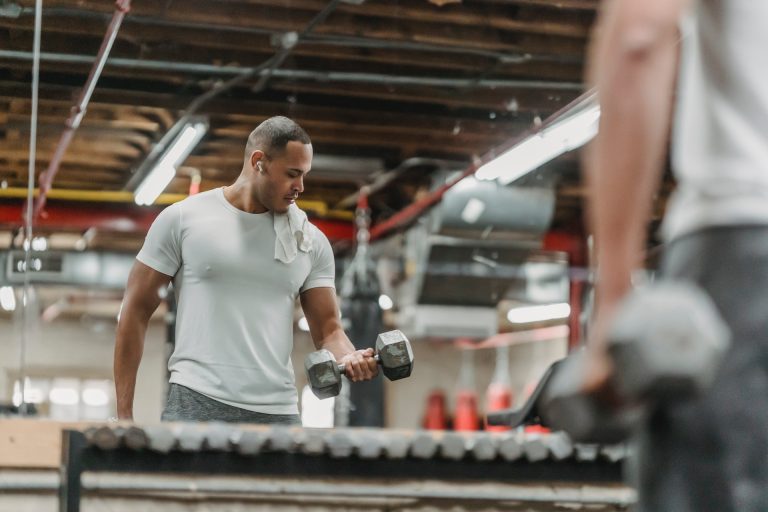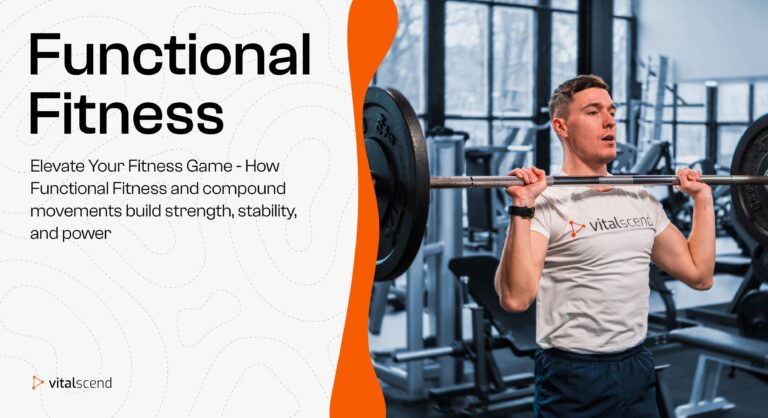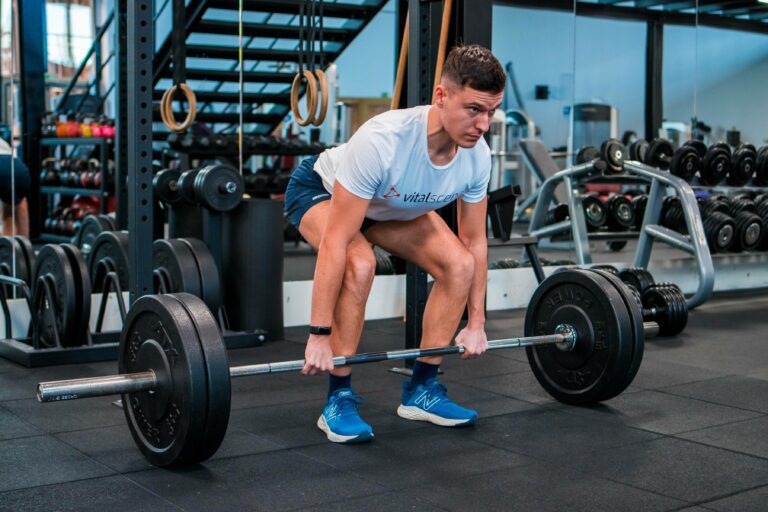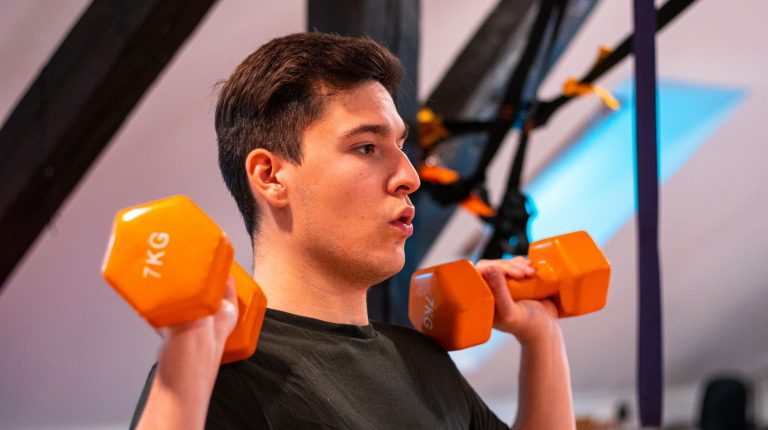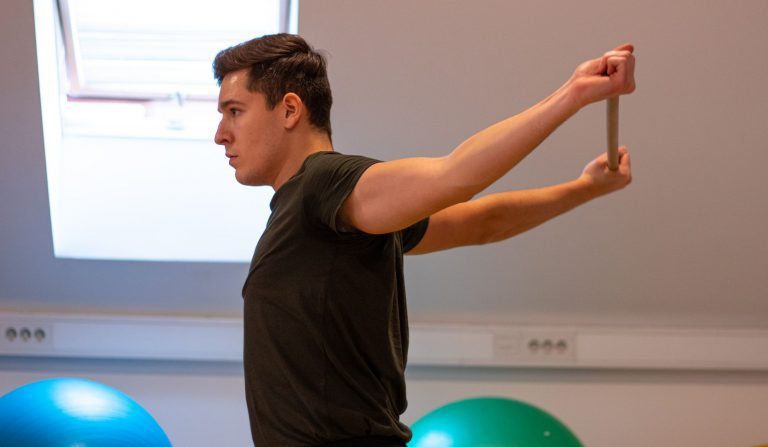How Much Physical Activity Is Enough To Sustain A Healthy Body? WHO Recommendations
Is physical activity the same as exercise? We all know that when we are moving and active, we burn calories. We’ll look at how much physical activity is enough to stay relatively healthy?
Exercise has many more benefits to the body, from hormone balance, energy boost up to optimal sleep and increased strength. So how much physical activity is enough? How many hours do we need to work out a week to sustain a healthy body?
We will uncover the basic recommendations for physical activity, and also explain how training frequency and different intensities can influence your body. If you’re interested, keep on reading.
Defining Physical Activity
We all like to think we know what physical activity is, but is it the same as training or workout? Does being physically active mean, you really train?
By the standard definition of physical activity: (1) “Physical activity is defined as any bodily movement produced by skeletal muscles that require energy expenditure.”
But by this definition, even if you go in your kitchen to cook, or in your car to work, or ride a bike to the store, you are physically active. That is right, but the amount of physical activity can determine the effects on your body mass index and overall health.
Speaking of, physical activity is one of the main longevity habits of people who live the longest.
BMR or Basal Metabolic Rate
To understand the difference between exercise and physical activity, we need to understand what the basal metabolic rate represents.
Basically, whether we eat, sleep, sit, stand, run, or jump we will burn energy. While the physiological mechanisms of energy production might differ during different activity types and intensities, it is crucial to understand that even if we don’t move, we produce energy.
Our bodies need to work all the time, so we can regenerate, replicate, produce hormones, digest food, engage our brains, etc. There are tons of physiological processes going on underneath.
The energy our bodies produce that enables us to sustain survival during rest, is the basal metabolic rate. Simply said, the amount of energy we need to create and calories we burn to keep our vital organs functioning properly, in a resting state after 12 hours of fasting, in a room with 20-25 degrees Celsius temperature.
Why does the BMR matter? Because the BMR is burning up to 60-70% of all calories we burn. This means to sustain our weight, we need to move and burn 30-40% more calories. Fortunately, everyday activities which aren’t classified as training can help us burn up to 20-30% calories. These include riding a bike to work, cooking, doing laundry, cleaning, or taking a walk.
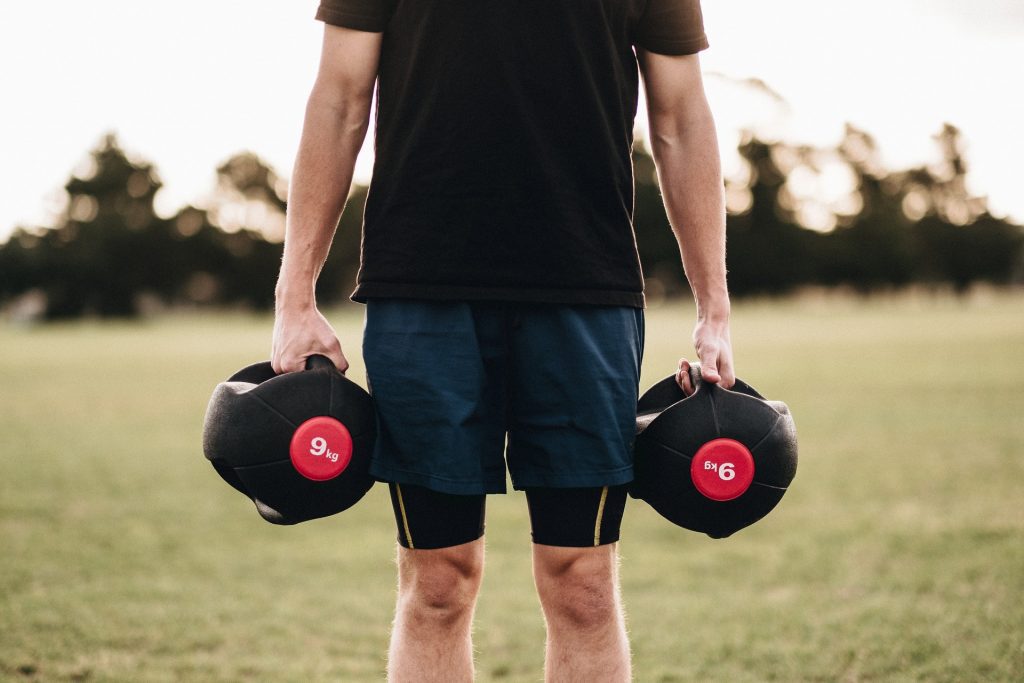
What is Exercise?
To quickly repeat
- Basal metabolic rate is the energy our body burns for vital functions during rest state.
- Physical activity is the activity that burns additional calories on top of BMR, not classified as exercise.
This leaves room to question, what is exercise then?
In this context, exercise would be classified as additional physical activity that has higher energy demands (or burns more calories) than our regular BMR + physical activity.
Example: if your BMR or basal metabolic rate is 1,600 kcal daily, this number represents the number of calories needed to sustain vital function at rest. On top of that, let’s say your daily activities burn up an additional 20% of calories, which is 320 kcal. This puts you at 1920 kcal burned approximately, daily. If you eat more than 1920 kcal, you’ll gain weight, and if you eat less than 1920 kcal, you’ll lose weight.
This is where exercise takes place. If you want to additionally burn calories, it is good to participate in some kind of
- rigorous or high-intensity training for a shorter duration (anaerobic)
- moderate-intensity for a moderate duration or (aerobic-anaerobic)
- long-duration, low-intensity exercise (aerobic)
Exercise is not so different from physical activity, in fact, exercise is classified under physical activity. We’ve just shown an example to understand how your body functions at rest, how you additionally burn calories by everyday activities and how exercise can help you even more.
The point is, if you are physically active in the day, you may not need a specific exercise regime or training plan to sustain health. For example if you chop wood, ride a bike everywhere, lift heavy objects, stretch occasionally, climb the stairs, etc. it may be enough. But the truth is, that with modern-day living, this is very hard to do, which is why exercise comes in as a practical tool to enhance our health.
Fun Fact
Exercising at higher intensities activates the anaerobic or glycolytic energy system which allows us to create more energy for vigorous intensities or rapid movements, but shorter duration. On the other hand, working out at a lower intensity stimulates the aerobic system which uses oxygen to produce energy. We can sustain the later activity for longer duration, and burn fats for fuel, rather than glucose.
Different Levels of Exercise Intensity
As exercise intensity changes, so does the way our bodies produce energy. Easier or lower intensity exercise will mainly include the aerobic system while high-intensity exercise will activate the anaerobic system.
To understand the different levels of exercise intensity, we usually use
- MET (metabolic equivalents)
- HRmax (maximal heart rate)
- Rate of Perceived Exertion (RPE)
For this example, we’ll use the RPE measure (scale from 1-20) and HRmax or % of maximal heart rate, for easier understanding.
- Low intensity – activities that involve sitting, lying, watching and have no physical engagement. RPE < 8, HRmax < 40%
- 2. Moderately-low intensity – light aerobic activity at normal breathing rate like walking, slow cycling, playing, etc. (we can last 60 min.) RPE 8-10, HRmax is 40-55 %
- 3. Moderate intensity – aerobic activity that we’re able to have a conversation throughout, so running, fast walking, light swimming, yoga, cycling, etc. (we can last 30-60 min) RPE 11-13, HRmax 55 – 70%
- 4. Moderately-high intensity – moderate aerobic intensity like swimming, boxing, faster running, intense power yoga, cardio workout, etc. (we can last for 30 min.) RPE 14-16, HRmax is 70 – 90%
- 5. High-intensity – anaerobic or aerobic-anaerobic activity that we cant sustain longer than 10 minutes. It is almost maximum to maximum like climbing, sprinting, jumping rope, lifting weights, etc. RPE 17 – 20, HRmax of > 90 %
Now that we know the different types of exercise or physical activity and their intensities, let’s look at WHO recommendations.
Recommendations for Physical Activity
These are standard recommendations for physical activity by the world health organization, for the general population (and specific groups) to obtain good health. (2)
1-5 Years
Children and Adolescents
Adults ages 18-64
People Older than 64
180 minutes of different physical activities daily at any intensity
preferably 60 minutes is moderate or vigorous-intensity physical activity.
60 minutes daily of moderate to high-intensity intensity, mostly aerobic.
Should add exercises that strengthen muscles and bones 3 days a week.
150-300 minutes of moderate-intensity aerobic physical activity weekly
75-150 minutes of moderate to high-intensity aerobic activity throughout the week.
Strengthening exercise for all major muscle groups twice weekly (also aids in bone density).
May increase moderate to high-intensity activity to 150-300 for additional health benefits.
150-300 minutes of moderate-intensity aerobic physical activity weekly.
75-170 minutes of moderate to high-intensity aerobic activity throughout the week.
Include some sort of functional balance and strength training 3 days a week to prevent fails.
conclusion
The standard basal metabolic rate or BMR is the energy we burn to sustain vital functions and survival at rest. Additional physical activity or exercise can lead to burning more calories and positively impact our health. By the WHO recommendations, people between 18-46 years of age should have 150-300 min, or moderate aerobic activity or 75-150 min. moderate to high activity throughout the week.


